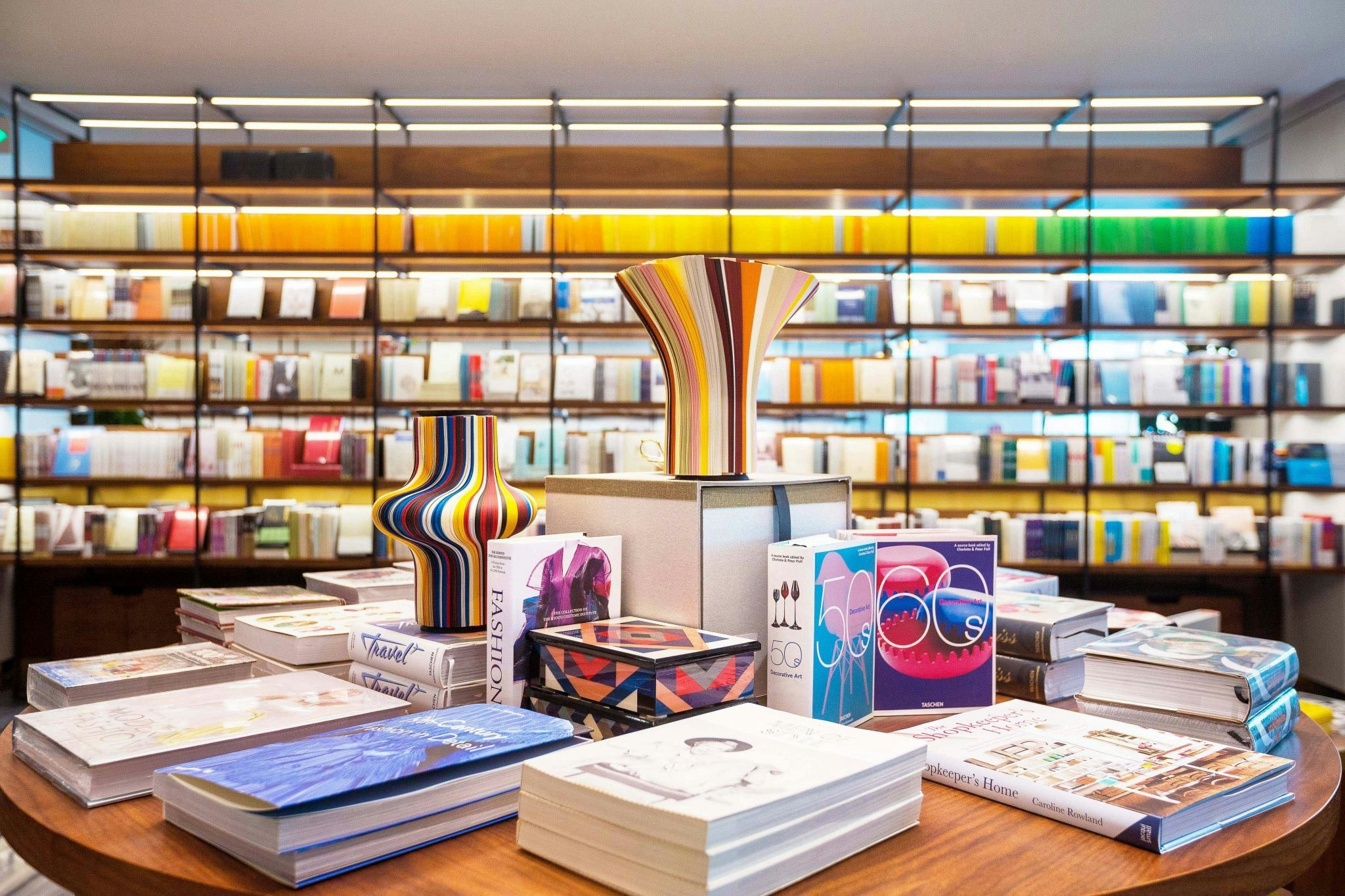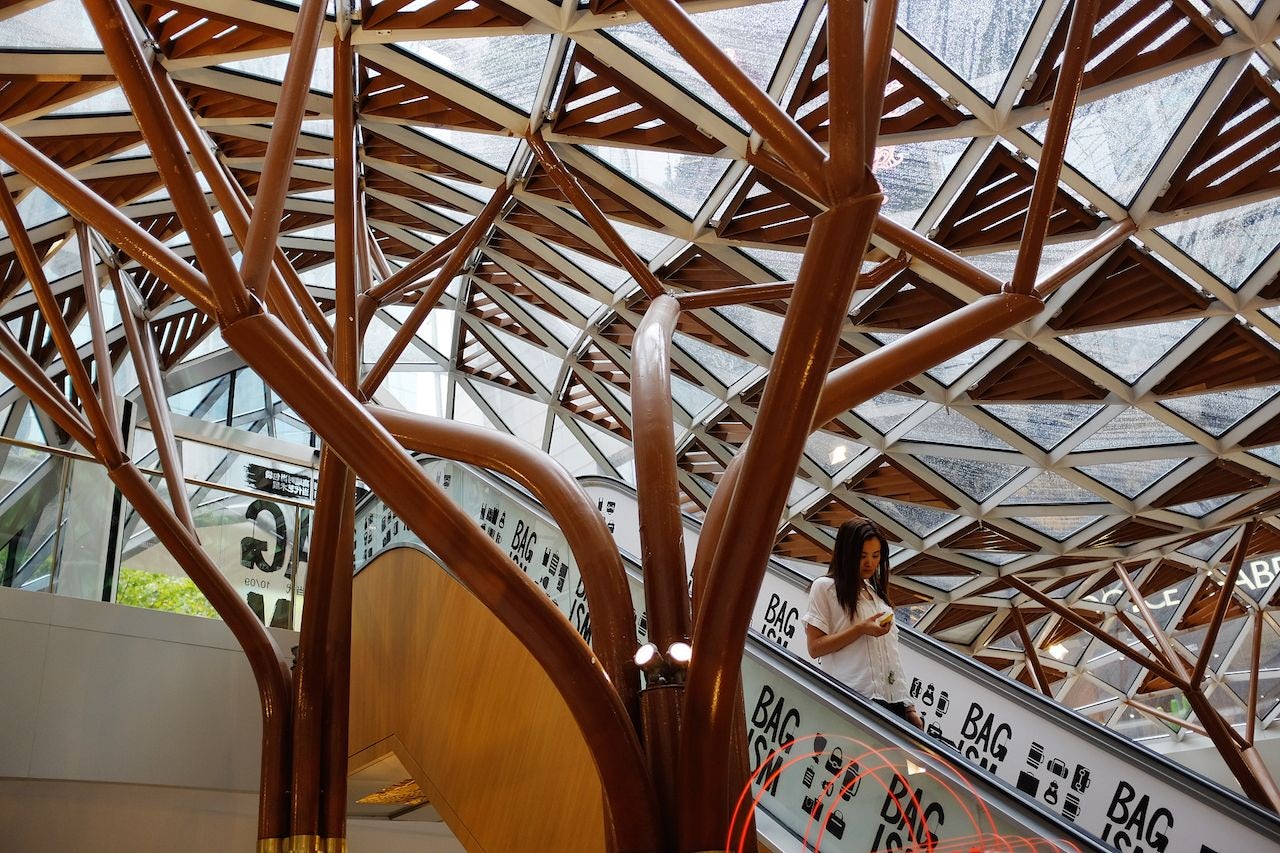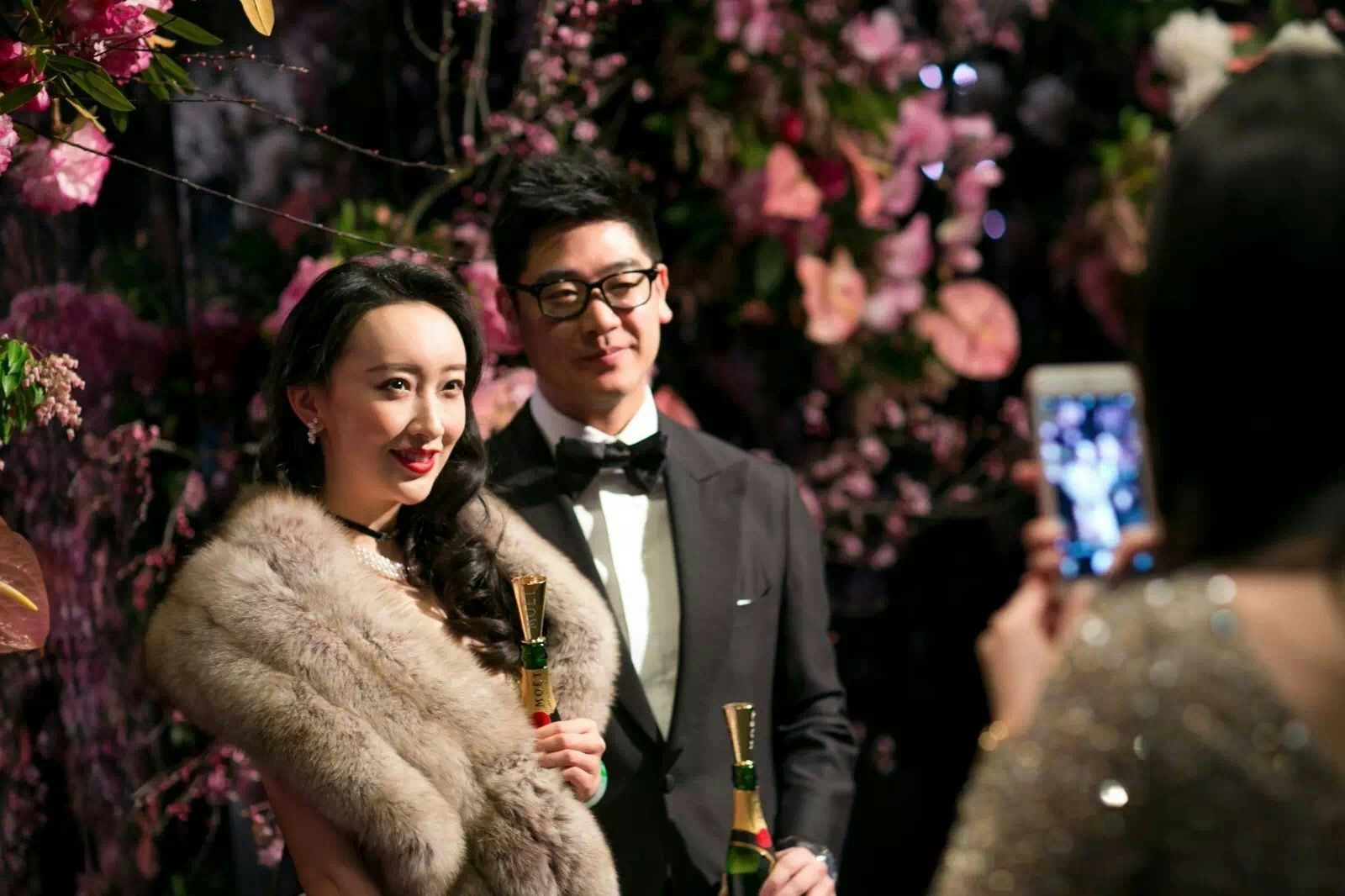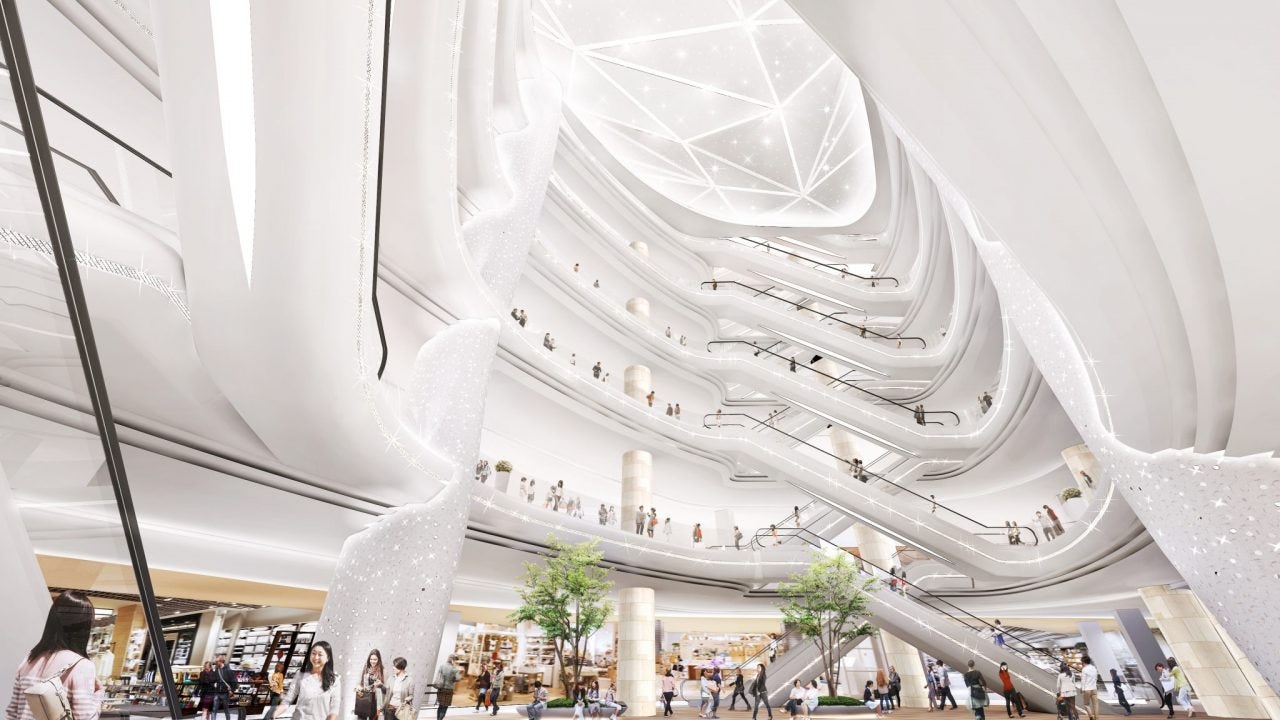Facing fierce competition from e-commerce platforms and each other, China’s high-end department stores have accelerated their digital transformations. They've pursued online-to-offline integration across their physical stores, online platforms, and mobile terminals, and their efforts seem to be paying off.
According to the latest report by Fung Business Intelligence, major players such as Beijing SKP Mall, Intime Retail, Golden Eagle Group, and Wangfujing Group slowed down the process of opening new stores to focus on developing their in-store amenities and digital capacity. That helped leading luxury retail player Beijing SKP Mall, for instance, to reach record-breaking revenues of 12.5 billion RMB in 2017, becoming the world’s second most successful mall by this measure. Some traditional players, like Wangfujing Group, also saw revenue and profit margins double after a tremendous digital push last year.
There are five main digital strategies that helped high-end department stores achieve these results.
1. Adopting a Smarter CRM System#
Thanks to technologies like big data and artificial intelligence, brands and retailers can now serve consumers in a much more intelligent and targeted way. A great number of high-end department stores in China have put serious effort into smartening up their Customer Relationship Management (CRM) systems.
Intime Retail Group, which has investment from Alibaba Group, is a prime example. The department store chain launched a paid membership program in August 2017, which allows it to collect customer data both online (using Intime’s mobile app and the Tmall store) and offline (with a customer's in-store purchasing history). That helps them better understand the needs of their customers, and find ways to better customize offers and sales and marketing campaigns for them.
2. Incorporating ‘Experiential Retail’ Technologies#
Many shops in department stores are now more focused on creating unforgettable experiences to engage Chinese consumers, rather than simply selling products. Augmented Reality (AR), Virtual Reality (VR) and facial recognition technology have become much more common in high-end department stores as a way to attract foot traffic and improve the customer experience.

Beauty retailers located in big department stores are among the earliest adopters of these technologies. For example, Watsons and Sephora stores in many Beijing and Shanghai department stores have started to install AR-enabled mirrors to help customers preview the effects of beauty products.
In November 2017, Wangfujing Department Store launched an AR shopping tool for visitors to see items by luxury brands like Longchamp, Michael Kors, and Furla, hoping to direct them to place orders online. With a smartphone or tablet, consumers can scan the code and ‘see’ 360-degree, 3D-rendered products with detailed product information, prices, and purchase links.
3. Partnering with Leading Internet Companies#
More and more department stores have realized the importance of working with leading tech and e-commerce firms. Alibaba Group and Tencent Holdings' interest in gaining a footprint in the offline market has helped such partnerships form easily.
In July 2017, Golden Eagle Group, which owns many high-end department stores in first and second-tier cities, worked with Tencent’s online banking affiliate WeBank to launch a co-branded Social Gift Card. The collaboration offers Golden Eagle Group access to the vast customer data pool of WeChat, the leading social media app in China, and helps them to release online marketing campaigns that are more precise and sensational.
According to the Fung Business Intelligence report, the collaboration “has reportedly increased members' loyalty and stickiness to the Golden Eagle brand and is expected to bring significant long-term sales growth to Golden Eagle Group.” Other similar partnerships were formed between Bailian Group and Alibaba, and Better Life with Tencent and JD.com, offering department stores new opportunities and bigger ecosystems to enhance their competitiveness and relevance.
4. Embracing#
‘#
Retailtainment’#
The trend of ‘Retailtainment’ is ubiquitous in the department store sector not only in China but around the world. In 2017, many high-end players in China spent time upgrading their spaces and adding new facilities to enrich the customer experience. Some even closed for renovations.
Beijing SKP Mall added an SKP-branded lifestyle store, Rendezvous, located at the south end of the store where many of the luxury labels are found. Simon Mitchell, Co-founder, and Director at Sybarite Architects, who led the architecture team for Beijing SKP Mall, said ‘Retailtainment’ offerings are still highly in demand.
“Retailtainment is what I would call building emotional engagement – for us through the sensuous theatre of store design – to create the right mood for the customer to buy,” said Mitchell. “The physical store is more than just a showroom as it also includes the amazing consumer experience of the act of purchasing and having something wrapped and presented to you. There is art and emotion in that simple experience too that must not be taken for granted.”
Furthermore, Mirchel says, "there’s such a great opportunity to create emotive branded in-store experiences by designing space for personalization and convivial and ‘instagrammable’ or sharable moments."
5. Embracing Multi-brand Stores#
In 2017, the sector also saw players expand the scope of their businesses and experiment with new business models.
Bailian Group, which received investment from Alibaba Group in 2017, started to boost its presence in the luxury and fashion arena. The retail chain launched a premium multi-brand shop called “the bálancing” last September 2017 inside Bailian’s Orient Shopping Centre in Xujiahui, Shanghai.
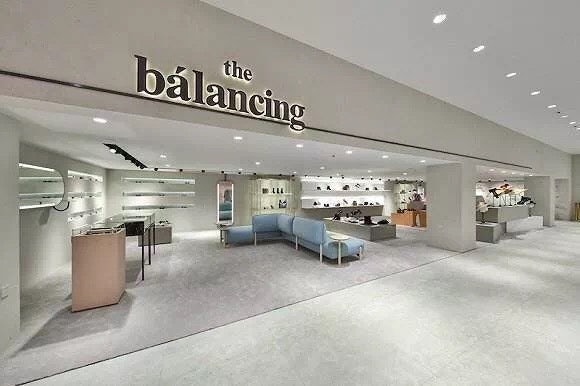
Buyers employed by the store search for niche brands abroad and establish cooperations with them. This way of working lets "the bálancing" offer plenty of exclusive items and brands that are not yet present in the Chinese market. So far, they have relationships with more than 150 international fashion brands, including Jil Sander, Maison Margiela, Nina Ricci, Victoria Beckham, Brunello Cucinelli, Paul Smith, and 3.1 Philip Lim.
"We expect to see more and more department store operators take bolder steps to develop their own private labels and operate multi-brand shops with exclusive brands sourced from overseas," said Teresa Lam, Vice President of Fung Business Intelligence as well as the author of the report.
"In terms of the challenges for traditional department stores to operate the multi-brand shop, the difficulty to hire and retain experienced buyers with a strong fashion sense and in-depth understanding of the needs of customers is the number one challenge, she said"
